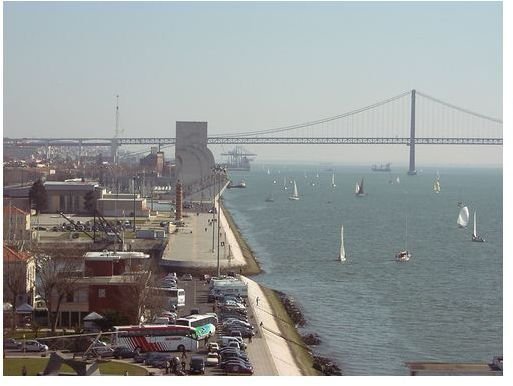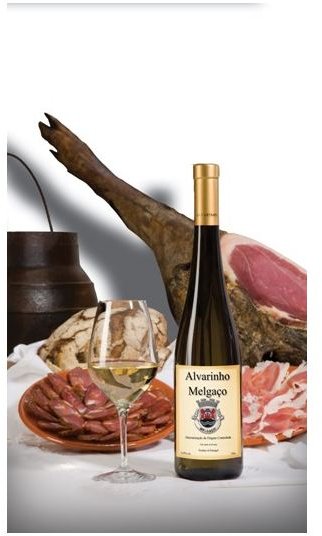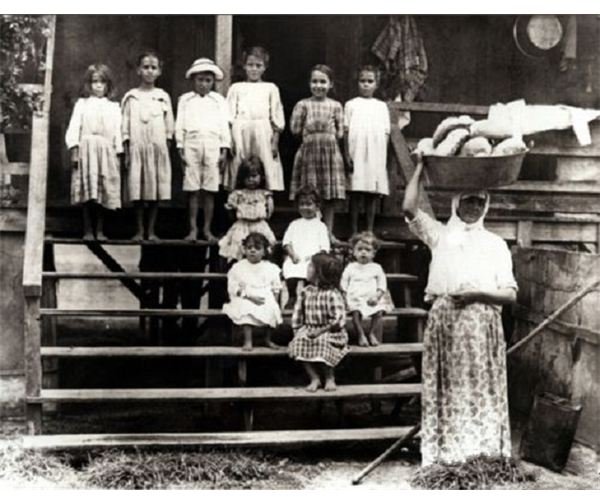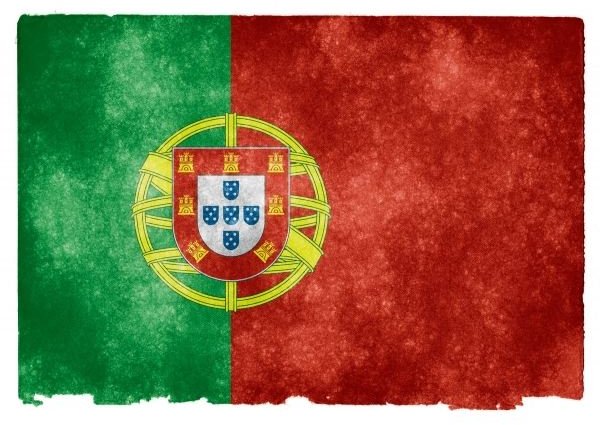The Conservation of Portuguese Cultural Heritage: Enjoy It, Embrace It
Cultural Centers
Danbury, Connecticut has a Portuguese cultural center that helps keep the traditions of the Portuguese culture alive and well through
banquet halls, sports activities and providing scholarships to students of Portuguese ancestry. The restaurant prices are very affordable and the dishes offer a typical Portuguese fair that includes the ever-present bacalao, or cod fish.
Bridgeport, Connecticut’s Vasco da Gama is a non-profit organization whose facilities include posh dining halls, smoking rooms and attentiveness to preserve the culture and language of the Portuguese people.
Cultural centers are a starting point to join a community of Portuguese-speaking members and enjoy aspects of the cultural experience through food, sports, activities and charity works. Check your state’s website for cultural centers in your area and scheduled celebrations that may include parades, dances, authentic regional dress and most of all, an infusion of language and camaraderie of people who are open and friendly and eager to share their culture with others. Cultural centers are by far the most comprehensive and informal way to be immersed in a variety of cultural activities that are family friendly.
College and Universities
Check with your local college and universities for courses in Portuguese language, history and geography. Portugal, a tiny country which has produced adventurous sailors who made up the majority of La Pinta, La Nina and La Santa Maria in the journey to the Americas. In these college courses, students will be exposed to the influence of the Portuguese culture in Brazil, a country bigger than the United States and whose primary language is Portuguese. The influence of the Portuguese can be tasted in the assortment of foods served at private homes and restaurants. Typical Portuguese costumes can be observed in Brazil’s annual extravaganza known as Carnival in Rio de Janeiro.
Colleges and universities offer discounted trips to Portugal and Brazil to students in order to promote cultural exchanges during the summer months and for them to earn study-abroad credits. Tenured teachers at high schools and colleges are allowed a paid Sabbatical after many years of service in which to continue their education and enrich their student’s educational experiences.
My mother was one of those teachers who took advantage of this opportunity and learned to speak Portuguese during her Sabbatical in Brazil and introduced her students to new foods, geography and a cultural awareness that added depth and understanding to the required textbooks.
Food, Oh Glorious Food!

There is something wonderful about the aromas wafting through the air from true and tested recipes that have changed little throughout history and Portuguese food is no exception. The country of Portugal borders with Spain and the Mediterranean Sea and seafood dishes are prominent along the coast while meat dishes are predominant inland. The exception is bacalao dishes can be had throughout the country, any time of the year. Bacalao is cod fish and it can be found fresh but it is more typically sold in its dry and salted form.
This method of preserving fish goes back into antiquity when refrigeration was unheard of and food supplies for the sailors had to last for months at a time. The sailors introduced the method of salting fish in every port they touched and to this day, bacalao is a staple in most Caribbean islands, parts of Spain, Greece and Italy.
Taking courses in Portuguese cooking is an excellent way to learn to make regional dishes that can be replicated at home. Cultural centers may provide opportunities throughout the year to taste delicacies and the attendees are more than willing to share their own recipes and sources to purchase authentic products in the area.
Purchase cookbooks written by people of Portuguese descent — I find that these people preserve family recipes much better than people who are just writing about food and trying to sell a book. There is an automatic feeling of intimacy in these family cookbooks that imparts a sense of being part of an average family sharing their typical fare with a close friend.

Experiment with cookbooks from various regions with a Portuguese influence to get the full history and perspective from various parts of the globe. If you just want to try it out, consider recipe websites first, since many of the posters there are sharing favorite family recipes handed down for generations and usually share childhood memories along with tasty morsels.
Portugal is also renowned for its wines and most notably those sweet Madeira wines that are appreciated worldwide. For a taste, consider Trader Joe’s or purchasing online from the distributor an authentic bottle of Madeira wine.
Hawaii’s Portuguese Culture
When most Americans think of the Hawaiian Islands, the first thing that comes to mind is Hula Girls, sandy beaches and the revival of the television show “Hawaii 5-0.” However, the Hula girls are nowhere to be seen unless they are part of an attraction at the Polynesian Cultural Center or a commercial Luau at Waikiki Beach or on the Waianae Coast.

Most Americans would be surprised to learn that as a seaport, Hawaii is a huge repository of the Portuguese culture in which foods are still cooked much in the same way they were cooked by earlier settlers and locals maintain pride in knowing and sharing their vastly mixed background.
A red and white striped truck can be found in some shopping parking lots from time to time that forces people to get off the road and head straight to the parking lot to purchase hot malassadas from Leonard’s Bakery. These delectable morsels taste exactly the same as if they were made in Portugal. The recipe has not been altered and these fluffy, sweet, deep-fried donuts are a delicious treat that is hard to pass up. Leonard’s Bakery continues to offer Portuguese baked goods such as Pao doce, or sweet bread. A delicious respite from the typical sandwich bread.
While many restaurants throughout Hawaii offer a few typical Portuguese dishes, the cultural experience continues with its people who proudly carry Portuguese surnames and have a closely knit family relationship with their grandparents and extended Portuguese family. For instance, my best friend in the world is half Portuguese and half Japanese and her grandmother spoke to her mostly in Portuguese until the day she died. To this day, she can cook an exact replica of her grandmother’s Portuguese bean soup and carries on the tradition of using Portuguese phrases and mannerisms that are second nature to her own children. Her story is not unique, words in Hawaii mingle as much as the food and its people do.
Considerations
The conservation of Portuguese cultural heritage requires that people join in celebrations offered in their states and take the time to understand the rich history of a tiny country that practically conquered the world through advanced maritime knowledge. At the core of the Portuguese culture is strong family ties and traditions that are celebrated through food and festivities. Get to know some of the Portuguese people in your community and allow them to lead you in the wondrous journey that is their culture. You too may end up with a friendship that lasts a lifetime.
References
- Image: Lisboa By Dan Huntington under CC-BY-SA-2.0
- Leonard’s Bakery in Hawaii
- Portuguese Cultural Center in Danbury, Connecticut
- Image: Wines By DDE under CC-BY-SA-3.0
- Image: 18th Century Portuguese Immigrant Family: By not given (hawaiihistory.org) [Public domain], via Wikimedia Commons
